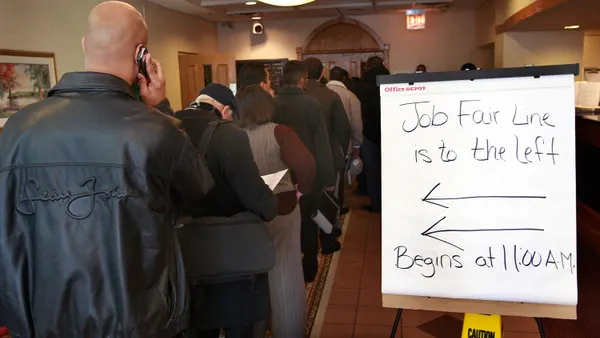Metrics for software-as-a-service (SaaS) companies can be more informative, and therefore more actionable, if they’re viewed in relationship to one another rather than in isolation, Christoph Janz, managing partner of Point Nine Capital, says.
Although any CFO would like to pair low customer acquisition costs (CAC) with high lifetime value (LTV), instances in which these metrics move in opposite directions aren't necessarily bad. More important is the interplay between them.
“You always have to look at the entire picture,” Janz said in an analysis he calls the “Goldilocks Zone” of SaaS metrics. “In some cases, two lower-level variables can act together to impact a higher-level variable.”
In the case of the CAC to LTV ratio, spending more to bring in customers is cost-effective if the company is going after what he calls elephants and whales — customers who are going to give your company high LTV by spending big and subscribing for a long time.
But if your typical customer is what he calls a mouse or a rabbit — a subscriber who spends little and can’t be counted on to renew — you don’t want to let your acquisition costs get too high.
Janz, whose company invests in SaaS startups, doesn’t speculate on an optimal CAC to LTV ratio; that will differ based on each company’s business model. But he does suggest a reasonable benchmark of 4x. That assumes a company spends 1x on CAC and 1-2x on general and administrative (G&A) costs.
That should leave a company with 1–2x to cover the costs of capital and generate profits, with some margin for error, he says.
Conversion rates
Another metric that is better understood in combination with another metric, rather than in isolation, is a company’s visitor-to-trial ratio relative to its trial-to-paid ratio, assuming the business model is based on letting customers try a service for free before they decide whether to upgrade to a paid subscription.
It’s not always the case that a low trial-to-paid conversion rate is bad if the volume of visitor-to-trial traffic is high. “A lower trial-to-paid conversion rate is acceptable if you have a higher visitor-to-trial conversion rate,” he says.
In fact, a company can expect its trial-to-paid ratio to drop if it makes a big push to increase its visitor-to-trial rate.
“The two drivers compete,” he says. “If you manage to increase your visitor-to-trial conversion rate, your trial-to-paid conversion might deteriorate because you get a larger number of less qualified trials.”
There are other metrics a CFO would want to look at in combination, because taking them together can answer questions that otherwise couldn’t be answered. For example, if a company has a high churn rate, is it because it offers a product with a built-in viral loop? Or, if a company’s CAC has a long payback time, should that be considered bad if the company has strong negative churn — that is, customers stick with the service over multiple renewals?
Bottom line, as CFOs monitor and present their company’s non-financial SaaS metrics to others on the executive team or to the board, they can provide useful context by demonstrating how the numbers interact with one another.














